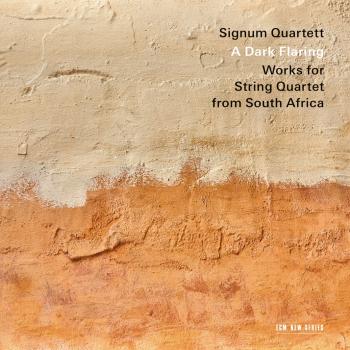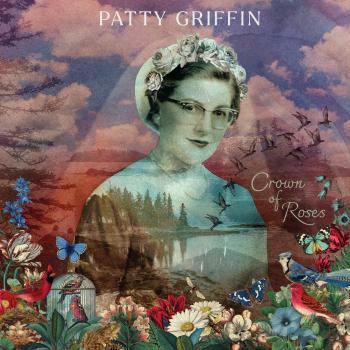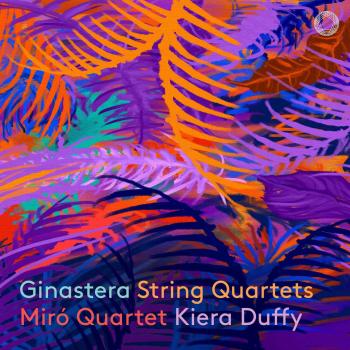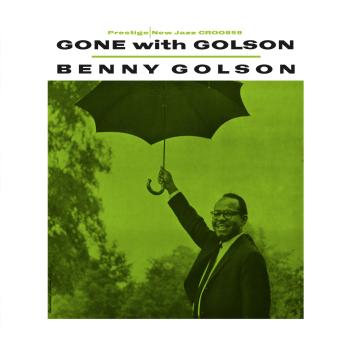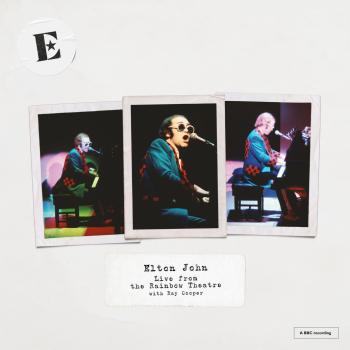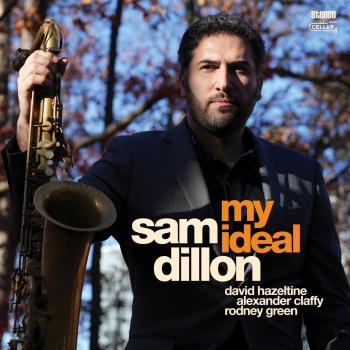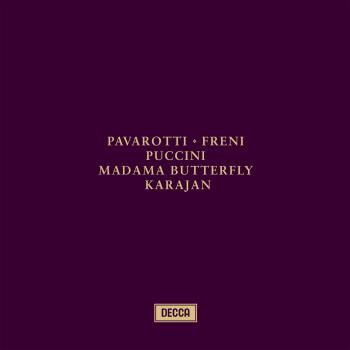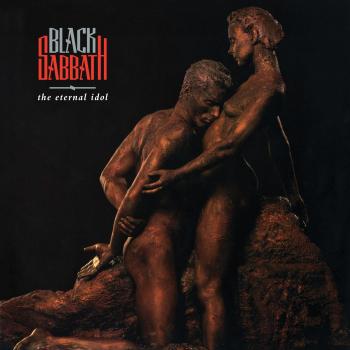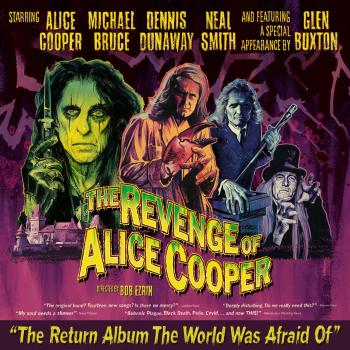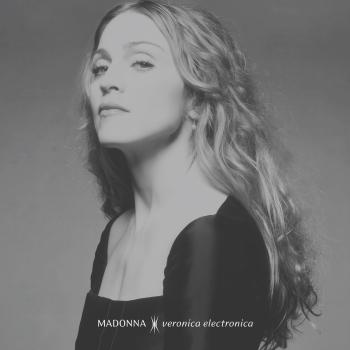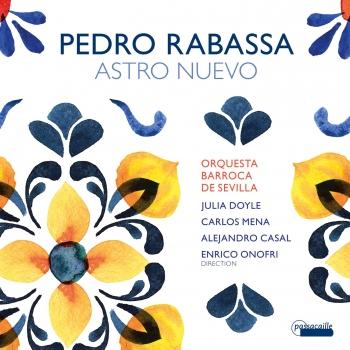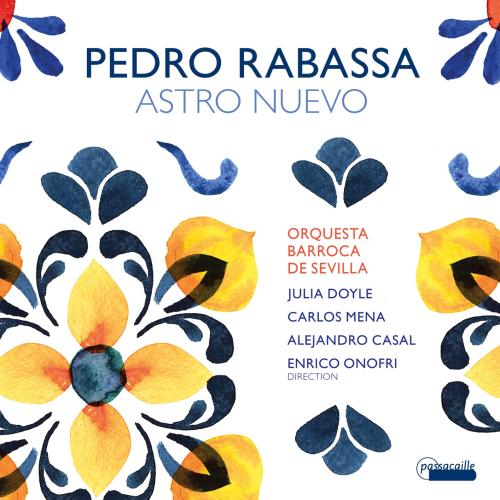
Album info
Album-Release:
2020
HRA-Release:
07.08.2020
Label: Passacaille
Genre: Classical
Subgenre: Vocal
Artist: Julia Doyle, Carlos Mena, Alejandro Casal, Orquesta Barroca de Sevilla & Enrico Onofri
Composer: Pedro Rabassa (1683-1767)
Album including Album cover
- Pedro Rabassa (1683 - 1767):
- 1 Astro Nuevo: I. Area, "Astro nuevo" - II. Recitado, "A la esphera divina" - III. Area, "Pura rosa"... 10:08
- 2 Tercera Lamentación de Viernes Santo: Aleph. Ego vir videns - Beth. Vetustam fe - Ghimel. Circumaedificavit 13:14
- Juan Pascual Valdivia (1760 - 1811):
- 3 Cantada "A del brillante cóncavo": Recitado, "Así como en aquel capitán fuerte" - Area, "Si recatada, si traslúcida" 08:42
- Pedro Rabassa:
- 4 Villancico al Nacimiento de Cristo: I. Introducción, "Corred, corred, pastores" - II. Recitado, "Corred, que presuroso" - III. Aria, "Dexa fuente de correr" 06:15
- Juan Manuel González Gaitán (1716 - 1804):
- 5 Eternamente triste: I. Recitado, "Horroroso infernal fiero enemigo" - II. Aria, "Eternamente triste" 11:16
- Pedro Rabassa: Sonata para clave:
- 6 Sonata para clave: I. Giusto 02:44
- 7 Sonata para clave: II. Allegro 02:36
- 8 Sonata para clave: III. Adagio 01:30
- 9 Sonata para clave: IV. Allegro 03:52
- Juan Manuel González Gaitán:
- 10 Voy buscando a mi cordero: I. Recitado, "Qué es esto dulce dueño de mi vida" - II. Aria, "Voy buscando a mi cordero" 06:46
Info for Rabassa: Astro Nuevo
The Orquesta Barroca de Sevilla, in collaboration with several universities, researches valuable repertoire linked to the history of Andalusia. This Proyecto Atalaya has already produced a series of CDs with unknown jewels, which have been released on Passacaille. On this new album called Astro Nuevo we can rediscover works by Pedro Rabassa (1683-1767). As a faithful musical partner of the orchestra, conductor Enrico Onofri proves once again that he can bring back to life music that has been completely forgotten, as if it had just been composed freshly for the orchestra. The result is sparkling, precise and convincing in every aspect. On this album the Orquesta Barroca de Sevilla is joined by Julia Doyle (soprano) and Carlos Mena (countertenor) as soloists.
Since 2005 the Atalaya Project has, under the auspices of the Andalusian Regional Government’s Council for Knowledge, Research and University, brought together the ten public Andalusian universities to cooperate towards the promotion of various cultural initiatives of the utmost interest. One of them, Andalusian Musical Heritage, aims to recover and disseminate unpublished works from our rich musical heritage, as well as to assist in the consolidation of music ensembles at the university level.
The 2018/2019 academic year marks the tenth anniversary of the University of Seville leading this program. From the very beginning, it has collaborated closely with the Orquesta Barroca de Sevilla, who has also been responsible for carrying out the musicological research, selection, transcription, critical review, and sound recording for this CD. As has been the case every previous year, this project has also taken the orchestra on a series of concerts through Andalusian university campuses.
As rector of the University of Seville, I am proud to be able to contribute to this valuable dissemination of a musical heritage testifying to the great level of composers who originated from or were active in Andalusia yet remain all but unknown. By recording some of this research and simultaneously publishing the music contained therein, these previously inaccessible cultural riches are finally brought to the general public. This project focuses on the works of Jaime Balius, Antonio Ripa and Joseph Barrera (musicians who worked at the cathedrals of Cordoba, Seville and Malaga), and is complemented with a version of Haydn’s Symphony No. 44 found at the archive of the Seville Cathedral. As in previous occasions, the inaugural concert which took place in December 2013 at the Church of the Annunciation in Seville was broadcast and recorded, and performed once again at Santa Clara de Moguer Convent (under the auspices of UNIA [International Andalusian University]) and at the San Jerónimo Monastery as part of the cultural programming of the University of Granada.
The task before us is still immense. Yet giving this unjustly neglected part of our culture its due is as exciting as it is essential. (Miguel Ángel Castro Arroyo, Rector of the University of Seville)
Julia Doyle, soprano
Carlos Mena, countertenor
Alejandro Casal, harpsichord
Enrico Onofri, conductor
Orquesta Barroca De Sevilla
The Baroque Orchestra of Seville
probably the best example of stable baroque orchestra that exists in this country for decades” Codalario
The Baroque Orchestra of Seville, joint project of Ventura Rico, co-founder , and Pedro Gandía Martín, current artistic director, is unquestionably placed in the first level of the spanish groups that are dedicated to the interpretation of ancient music with historicist criteria. Its artistic activity takes place in the most important spanish and european stages, with an important presence in Seville and Andalusia. Since its foundation in 1995, it has counted with the collaboration of international figures such as Gustav Leonhardt, Christophe Coin, Sigiswald Kuijken, Jordi Savall, Monica Huggett, Diego Fasolis and Enrico Onofri, among others.
The OBS has recorded a large collection of heritage repertoire on its label, OBS-Prometeo, in addition to collaborating with the record labels Harmonia Mundi, Lindoro, Almaviva, and more recently with the Belgian label Passacaille. It has received distinctions such as the Editor’s Choice of the Gramophone magazine, Excepcional de Scherzo, Ritmo Parade, Recomendable of Cd Compact and AudioClásica, 5 stars Goldberg, Melómano de Oro, etc.
In 2011 It was awarded the National Music Award. It has also obtained the 2010 Manuel de Falla Award, the 2011 FestClásica Award and an Honorific Distinction from the Seville City Council. The OBS has the collaboration of the Ministry of Culture, City of Seville and University of Seville.
… the chromatic richness and rhetorical emphasis of the Baroque Orchestra of Seville, fabulous, exuberant and magmatic …’ El País
‘The instrumentalists, in absolute state of grace, demonstrated the reason for their unanimous recognition: vertiginous times undertaken with astonishing transparency in connivance with delicate textures, exciting conjunction of a very rich instrumentation …, delicious ornamentations, expressiveness in the flesh in the slow passages … Simply, an extraordinary Bach for its brilliance and depth … Flagship of his country, the public stood up to cheer the OBS with their ovations. ‘ Thüringische Landeszeitung
‘Few compliments can be poured on the Baroque Orchestra of Seville that has not already been cast … We are before one of the best historicist orchestras in the world.’ El Arte de la Fuga
‘… There is a timbre work in this orchestra that goes far beyond the mere impasto: it is a meticulous planning on how to magnify the affections, a good sounding manual …’ Beckmesser
‘… superb interpretation from the pit of the Baroque Orchestra of Seville …’ ABC
Enrico Onofri
was born in Ravenna, Italy. His career began with an invitation from Jordi Savall to be the concertmaster of La Capella Real. Very soon he found himself working with groups such as Concentus Musicus Wien, Ensemble Mosaiques and Concerto Italiano. From 1987 to 2010 he was the concertmaster and soloist of Il Giardino Armonico. In 2002 he entered into a conductor’s career, which has brought him great critical acclaim and numerous invitations from orchestras, festivals and opera houses in Europe, Japan and America. From 2004 to 2013 he was the principal conductor of Divino Sospiro and since 2006 he has been a principal guest conductor with Orquesta Barroca de Sevilla. He conducted ensembles such as Akademie für Alte Musik Berlin, Camerata Bern, Festival Strings Lucerne, Bochumer Symphoniker, Kammerorchester Basel, Orchestra Ensemble Kanazawa, Real Orquesta Sinfonica de Sevilla, Orchestre de l’Opéra de Lyon, Orquesta Sinfonica de Galicia and more. In 2002 he founded the chamber group Imaginarium Ensemble to perform the Italian baroque repertoire. Enrico Onofri has performed in the world’s most famous concert halls, alongside artists like Nikolaus Harnoncourt, Gustav Leonhardt, Christophe Coin, Cecilia Bartoli and Katia and Marielle Labèque, among others. Many of Enrico Onofri’s recordings have been awarded prestigious international prizes, and his concerts have been broadcast by European, American, Asian and Australian networks. Enrico Onofri has been professor of baroque violin and interpretation of baroque music at the Conservatorio Bellini in Palermo since 1999. He has been invited to give master classes throughout Europe, America and Japan, and has been tutor and guest conductor with the European Union Baroque Orchestra.
This album contains no booklet.

